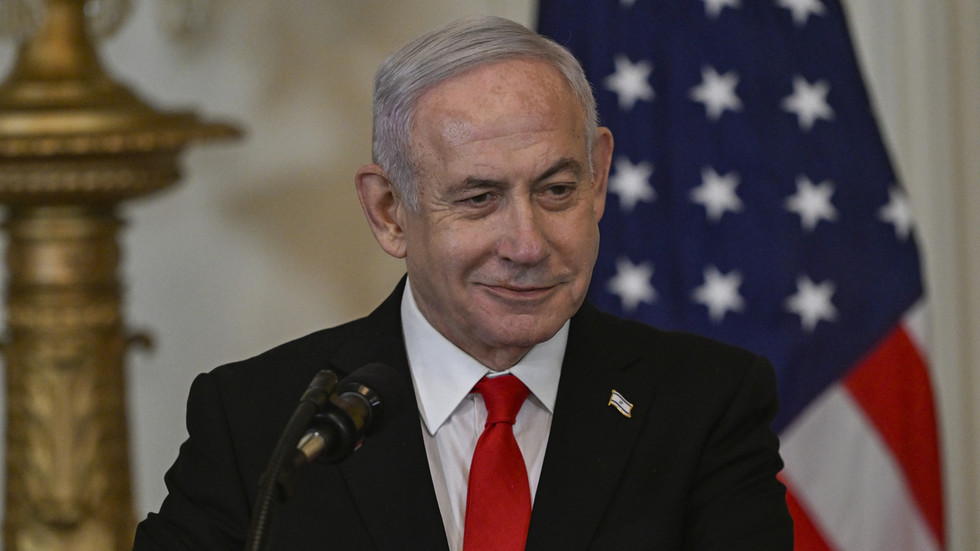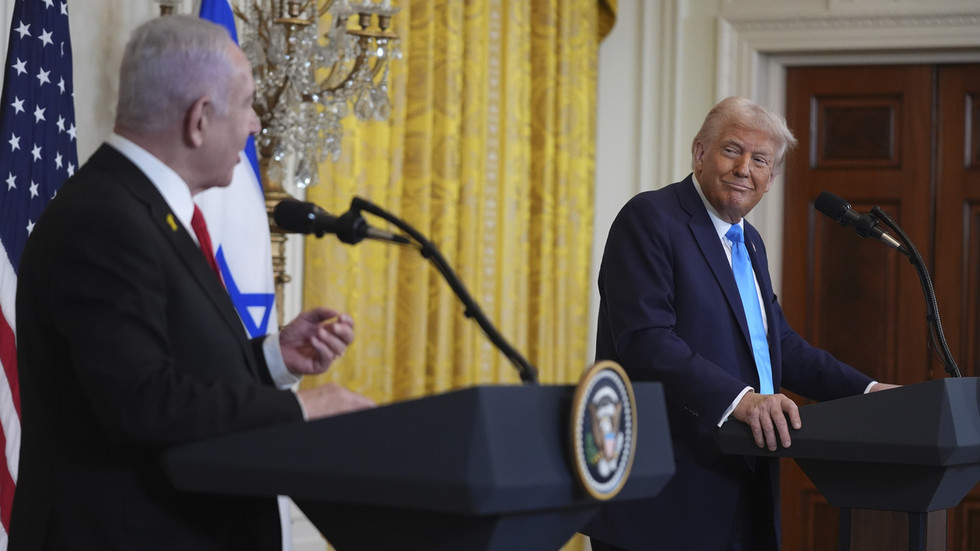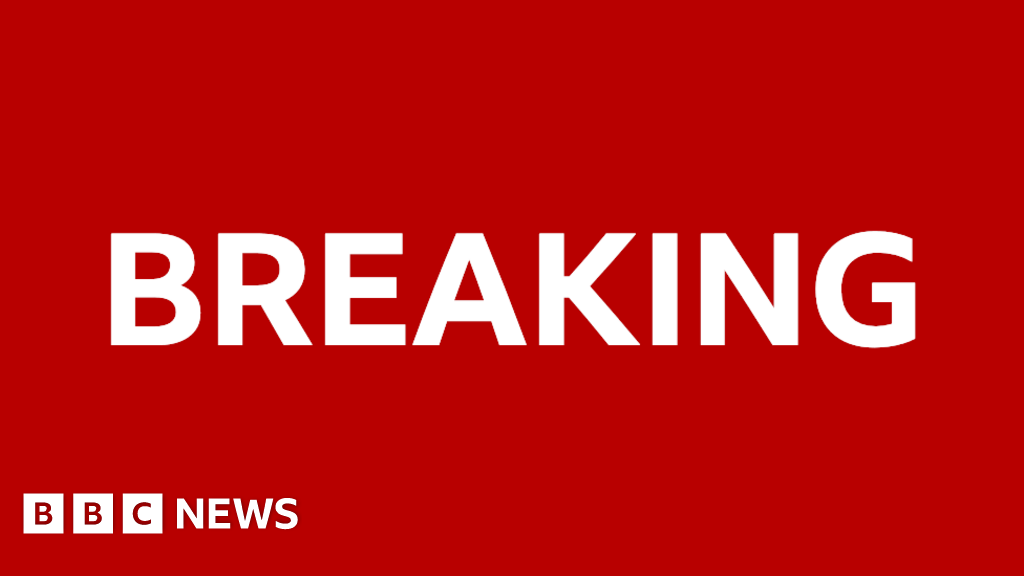You have a preview view of this article while we are checking your access. When we have confirmed access, the full article content will load.
The first phase of the cease-fire deal calls for the release of 33 hostages, including women, children, men over 50 and sick and wounded people.

The cease-fire agreement reached between Israel and Hamas this week sets in motion the release of dozens of hostages that Hamas and its allies have been holding in Gaza since the start of the war more than a year ago.
About 100 hostages, living and dead, are thought to be held captive in Gaza, most of whom were seized when Hamas stormed into Israel on Oct. 7, 2023, killing about 1,200 people and capturing about 250. According to the deal, 33 of those remaining hostages will be released during an initial six-week phase of the cease-fire, the first major release since a weeklong truce seven weeks into the war. In exchange, Israel will release more than 1,000 imprisoned Palestinians.
The first hostage-for-prisoner swap will begin no earlier than 4 p.m. on Sunday, according to the deal. Here is what else we know about how the plan foresees their release.
Who are the hostages being released?
The 33 hostages who will be released in the first phase include female captives who are alive and dead, civilian teenage boys and children, men 50 and older, female soldiers and sick and wounded civilians.
Israeli authorities believe that around 35 of the remaining captives in Gaza are dead. According to the agreement, human remains will be released after hostages who are alive have been freed.
In a televised address on Saturday evening, Benjamin Netanyahu, the Israeli prime minister, said “most” of the 33 hostages who will be freed under the agreement are alive.

.png) 2 weeks ago
12
2 weeks ago
12










